Eruption at Karymsky volcano ejects ash up to 8 km (26 250 feet) a.s.l., Russia
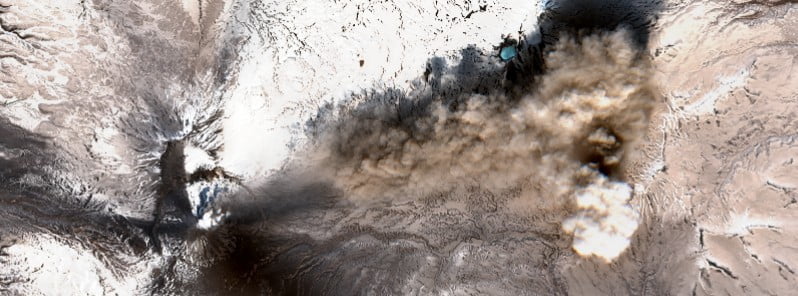
Explosive eruption at Russia’s Karymsky volcano continued on May 19, 2022, with ash columns reaching a height of 8 km (26 250 feet) and 6.7 km (21 980 feet) above sea level. The Aviation Color Code remains Orange.1
The ash plume moved to the east of the volcano, as visible in the high-quality imagery captured by Sentinel-2 satellite:
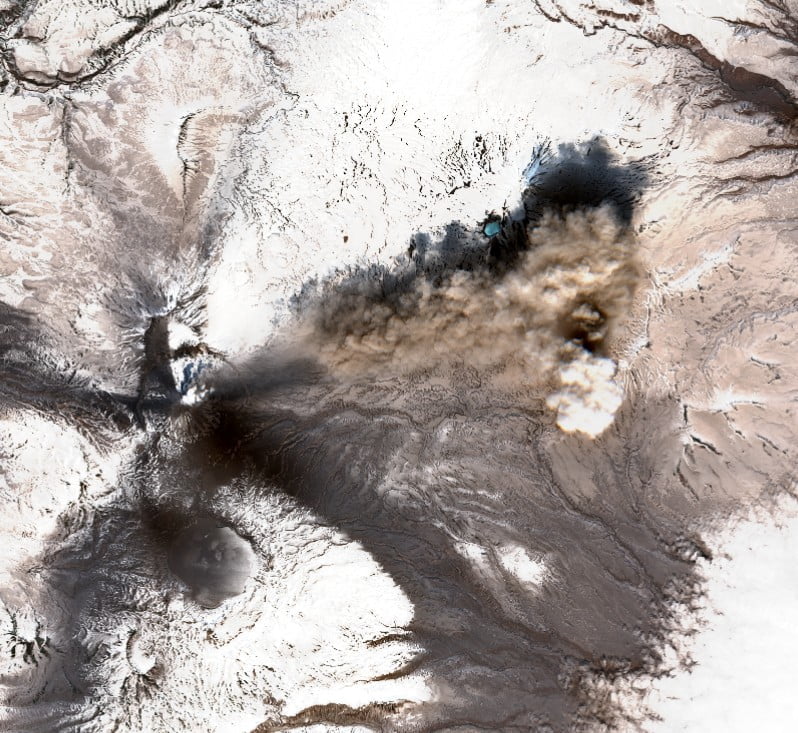
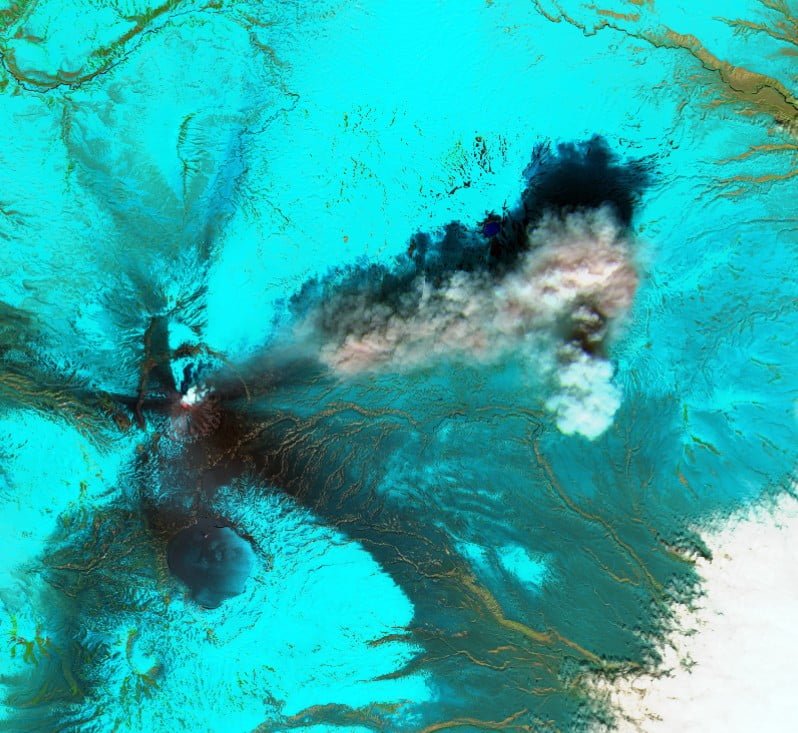
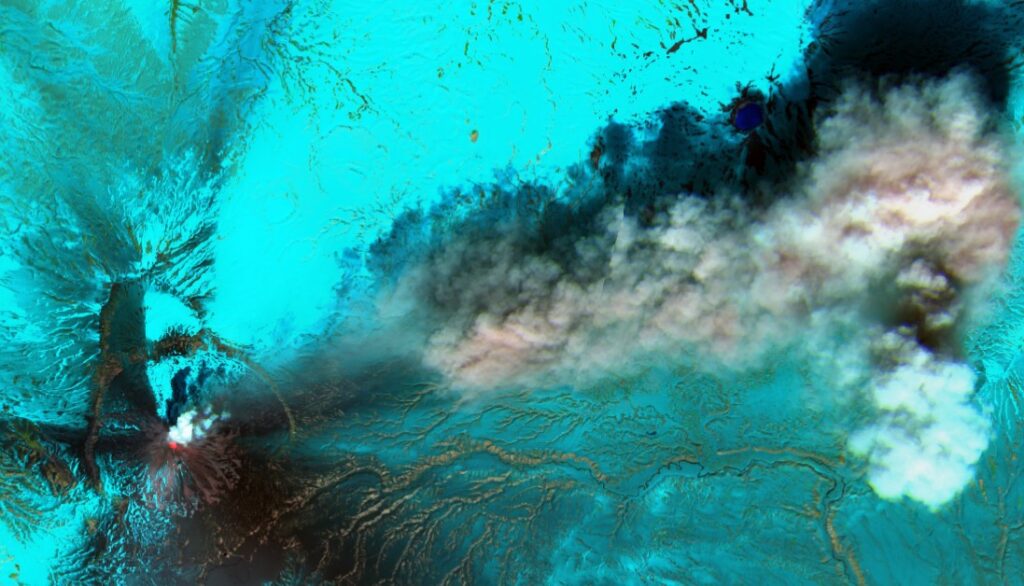
A series of violent explosions at the volcano on April 19 ejected ash up to 10 km (33 000 feet) a.s.l. and blanketed the surrounding land in a layer of brown ash. The Aviation Color Code was raised to Red at 22:04 and lowered back to Orange at 03:44 UTC on April 20.
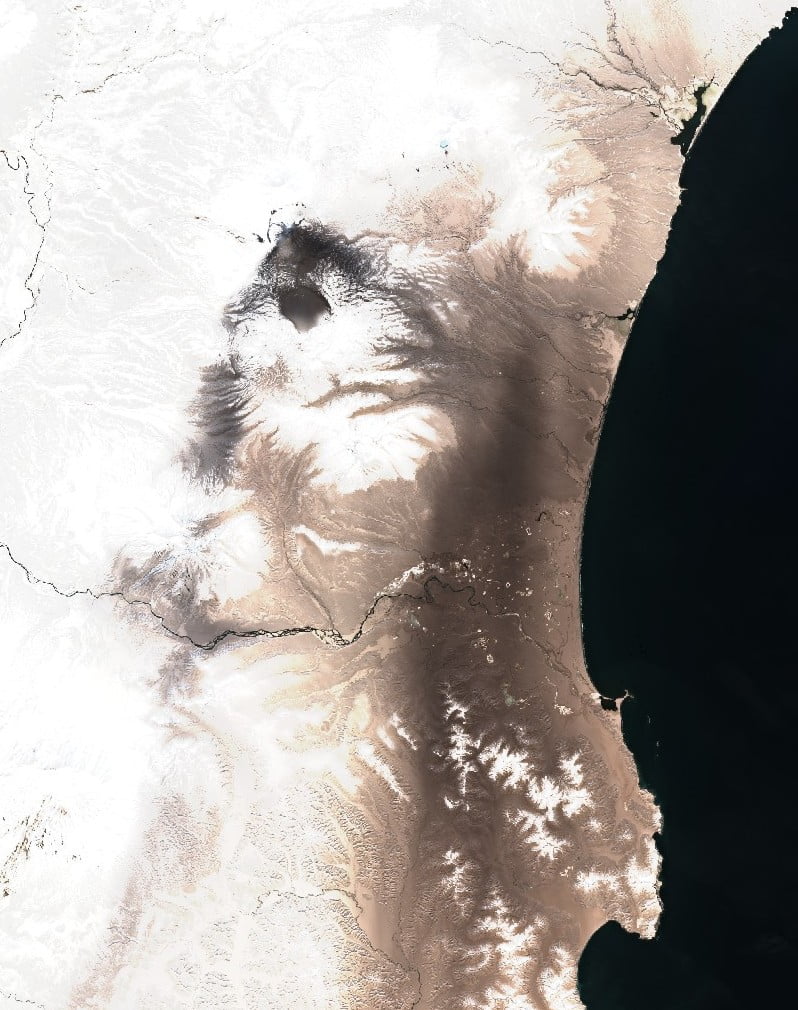

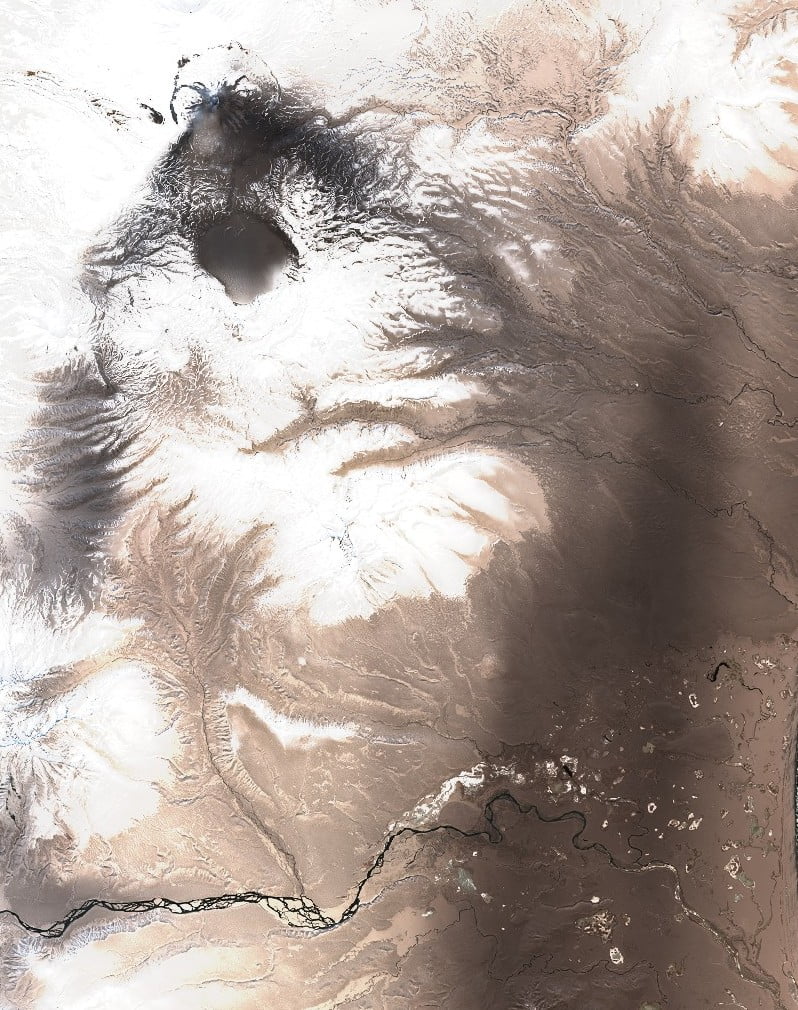

Geological summary
Karymsky, the most active volcano of Kamchatka’s eastern volcanic zone, is a symmetrical stratovolcano constructed within a 5 km (3.1 miles) wide caldera that formed during the early Holocene.
The caldera cuts the south side of the Pleistocene Dvor volcano and is located outside the north margin of the large mid-Pleistocene Polovinka caldera, which contains the smaller Akademia Nauk and Odnoboky calderas.
Most seismicity preceding Karymsky eruptions originated beneath Akademia Nauk caldera, located immediately south.
The caldera enclosing Karymsky formed about 7 600 – 7 700 radiocarbon years ago; construction of the stratovolcano began about 2 000 years later. The latest eruptive period began about 500 years ago, following a 2 300-year quiescence.
Much of the cone is mantled by lava flows less than 200 years old. Historical eruptions have been vulcanian or vulcanian-strombolian with moderate explosive activity and occasional lava flows from the summit crater.2
References:
1 Karymsky volcano – KVERT, TOKYO and ACHORAGE VAAC – May 19, 2022
2 Karymsky – Geological summary – GVP
Featured image: Eruption at Karymsky volcano on May 19, 2022. Credit: Copernicus EU/Sentinel-2, The Watchers

Commenting rules and guidelines
We value the thoughts and opinions of our readers and welcome healthy discussions on our website. In order to maintain a respectful and positive community, we ask that all commenters follow these rules.